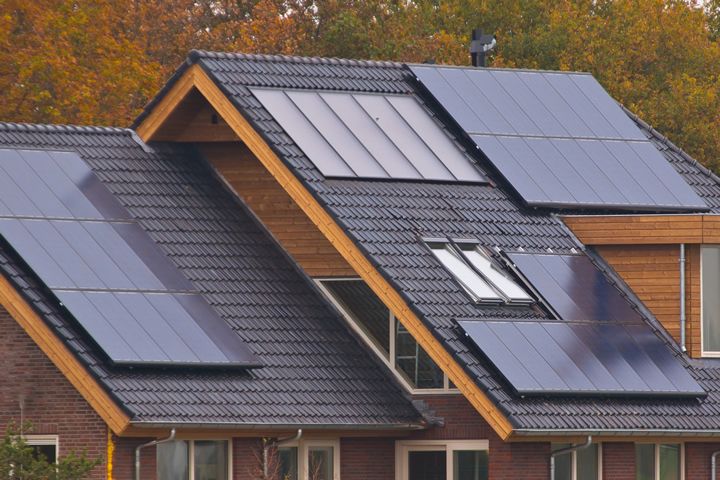In recent experiments at the Canadian Light Source (CLS) at the University of Saskatchewan (USask), Kelly, professor of chemistry at USask, and his team were trying to figure out why solar cells made with lead halide perovskite, rather than silicon, were failing prematurely.
 Making solar cells more weatherproof
Making solar cells more weatherproof

Colleen MacPherson | Canadian Light Source
Dr. Tim Kelly calls it “the magic of science” – when what you think is going to happen doesn’t, but what you learn in the process promises to inform advances in a new type of solar cell. Solar cells, which convert sunlight into electricity, are increasingly being used to power everything from buildings and electric cars, to watches and toys.
In recent experiments at the Canadian Light Source (CLS) at the University of Saskatchewan (USask), Kelly, professor of chemistry at USask, and his team were trying to figure out why solar cells made with lead halide perovskite, rather than silicon, were failing prematurely. Perovskite, he explained, is a new semiconductor material that requires much less energy to produce than silicon, giving it an environmental advantage.
But it was a puzzle: “What makes them unstable? Why were these cells failing?”
Thinking the problem lay in the perovskite formulation, Kelly used a synchrotron technique called x-ray diffraction to visualize the 3D structure of the atoms in the material in real time.
In the experiments, Kelly and his team found cell performance started to decline with the introduction of humidity.
“We thought humidity would degrade the perovskite … because it does tend to pick up moisture more rapidly.” However, because they were able to watch – at a microscopic scale -- the failure process as it unfolded, they could see that the moisture causes ions in the perovskite to become more mobile, to migrate to the electrode and to corrode it, “and now your device is no longer operative.”
“Like most of your electronics, it turns out getting these things wet is not a good idea.”
Kelly’s research identified possible solutions to address the issue of premature cell failure, including using corrosion-resistant materials for the electrodes, buffer layers to prevent the mobile ions from reaching the electrodes, or fully encapsulating the cell to keep out any moisture.
“There’s a lot of promise to the material (perovskite),” said Kelly, so solving the moisture issue could lead to high-performing and reliable solar cells.
The CLS was key to solving the cell-failure question, he said.
“For us, the real power of the synchrotron comes down to speed.” Running the same experiment in his USask lab, Kelly could produce one data point every 15-20 minutes; doing the same scan at the CLS produced data points every one to two seconds. “We can follow the process in real time, we can watch as our electrodes corrode.”
“We thought we knew what the problem would be, and it turns out we didn’t. It’s always exciting for me as a scientist when you learn something new or something unexpected.”
The Canadian Light Source (CLS) is a national research facility of the University of Saskatchewan and one of the largest science projects in Canada’s history. More than 1,000 academic, government and industry scientists from around the world use the CLS every year in innovative health, agriculture, environment, and advanced materials research.
The Canada Foundation for Innovation, Natural Sciences and Engineering Research Council, Canadian Institutes of Health Research, the Government of Saskatchewan, and the University of Saskatchewan fund CLS operations.
The content & opinions in this article are the author’s and do not necessarily represent the views of AltEnergyMag
Comments (0)
This post does not have any comments. Be the first to leave a comment below.
Featured Product

